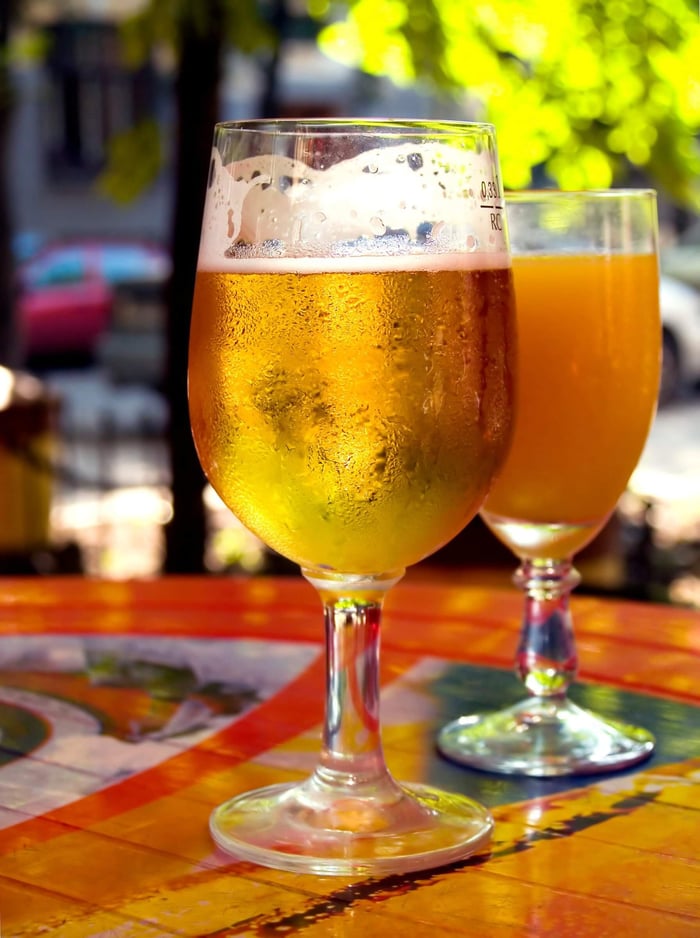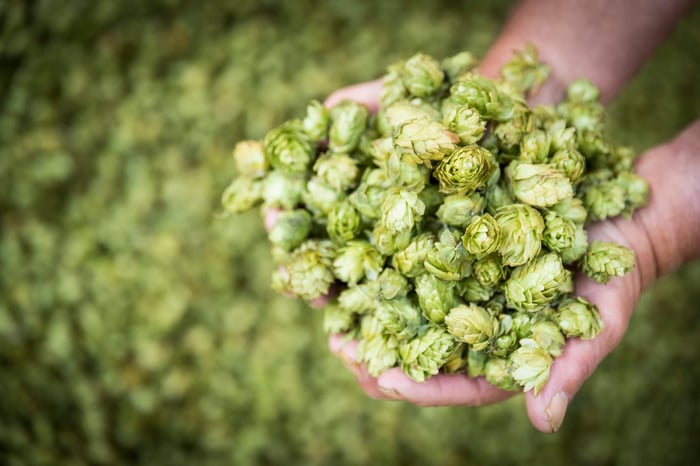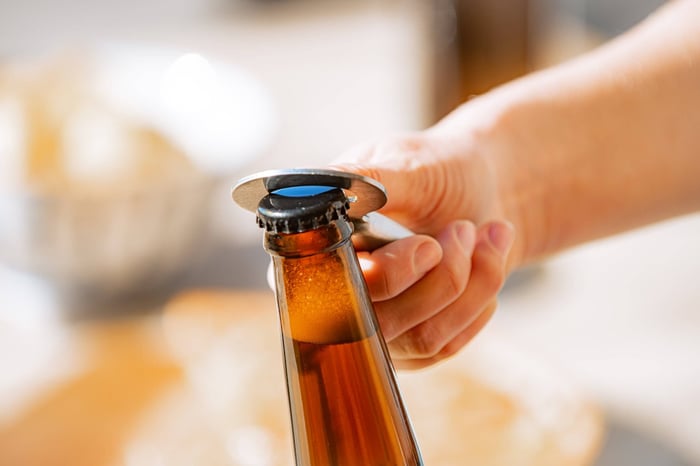Summer's coming, and if you're looking for a beer style that'll keep your mates coming back for more during those long, hot afternoons, Cold IPA might just be your secret weapon. But what exactly is this style that's been quietly gaining traction in Kiwi breweries?
Breaking Down the Cold IPA Mystery
Let's start by clearing up the confusion around the name – "Cold IPA" has got to be one of the most misleading beer style names ever conceived. There's nothing particularly cold about how it's brewed, nothing special about serving temperature, and it barely fits traditional IPA guidelines either. Cheers to whoever came up with that name!
What we're really talking about is a brilliant hybrid that combines the best of multiple worlds. The grain bill is built on pilsner malt, typically boosted with 30-40% adjuncts like rice or maize. Sound familiar? You're thinking IPL (India Pale Lager), and you're absolutely right to see the connection.
The key difference is that Cold IPA has evolved beyond where most IPLs get stuck. Traditional IPLs often feel like they're caught in no-man's land – neither quite a hoppy lager nor an IPA with lager yeast, resulting in something that never quite clicks together properly.
Hop Strategy: The New Zealand Advantage
Making the Most of Our Local Bounty
Here's where we Kiwi brewers have a serious advantage. Cold IPA's hop profile sits perfectly between West Coast IPA intensity and NEIPA juiciness, and our local hop varieties are absolutely perfect for this application.
Target 40-70 IBU total, but here's the clever bit: aim for 25-55 IBU from boil and whirlpool additions, letting biotransformation during dry hopping contribute the remaining 15 IBU. This maximises hop flavour while keeping that essential crisp drinkability.
Local Heroes: New Zealand hops like Nelson Sauvin, Motueka, and Riwaka bring those distinctive tropical and white wine characteristics that work beautifully with biotransformation. The thiol characters of our hops actually enhance the fermentation interactions.
Cost-Effective Approach: Use NZ hops for your boil and whirlpool additions (they're more economical for us), then complement with premium imports for dry hopping if budget allows.
Fermentation: The Hybrid Approach
Ready for the twist that makes this style work? Most Cold IPAs use Fermentis 34/70 lager yeast, but not in the way you'd expect.
Instead of traditional cold fermentation, we're talking 19°C (66°F) – similar to California Common or Kölsch approaches. This temperature promotes biotransformation during dry hopping, encouraging those tropical fruit flavours that make New Zealand hops shine.
Local Learning: After brewing several batches with 34/70, we've found that pushing this yeast can lead to inconsistent results. These days, we often opt for California Common or Kölsch yeast instead – more predictable outcomes while maintaining that clean character we're after.
Your Step-by-Step Brewing Approach
Step 1: Nail Your Grain Bill
Start with quality pilsner malt – this gives you the clean foundation you need. Add flaked rice at 20-30% of your grain bill (we prefer rice over maize for the mouthfeel it provides). Balance this light grain bill with a more mineral water profile and mash slightly warmer to add body.
Step 2: Plan Your Hop Additions
- Minimal boil additions for structure
- Heavy whirlpool hopping at 80°C for aroma and moderate bittering
- Generous dry hopping post-fermentation for biotransformation
Step 3: Manage Your Fermentation
Whether using 34/70 or hybrid ale strains, temperature control is crucial. Keep things steady and don't rush – this style rewards patience over speed.
What to Expect: The HAHA Experience
Look, we'll be straight with you – "Cold IPA" tells you nothing useful about what you're drinking. That's why we've started calling these Hoppy Adjunct Hybrid Ales (HAHAs) around the brewery. Plus, it gives us a good laugh when people ask about our "HAHA beer."
These brews work brilliantly as bridge beers, taking NEIPA lovers on a journey towards West Coast and Modern IPA appreciation. They're approachable without being boring, crisp without being thin.
Technical Specifications
Target Parameters:
- Original Gravity: 1.050-1.065
- Final Gravity: 1.008-1.012
- ABV: 5.5-7.0%
- IBU: 40-70
- SRM: 3-6 (6-12 EBC)
Flavour Expectations:
Your finished beer should showcase bright hop aromatics with tropical and citrus notes leading the charge. The mouthfeel stays light and refreshing, with enough body to support the hop character. Bitterness provides backbone without overpowering the clean finish.
Summer Session Perfection
Why This Style Works in New Zealand
Cold IPA is absolutely perfect for our climate and drinking culture. It offers the hop satisfaction that Kiwi drinkers love, with the refreshing qualities that make sense during our intense summer months. It's not trying to be everything – it's just executing one specific flavour profile really, really well.
Perfect For:
- Beach sessions and BBQs
- Gateway beer for lager drinkers
- Showcasing premium local hops
- Lower-alcohol alternative to DIPAs
Avoiding Common Mistakes:
- Don't overcomplicate the grain bill
- Resist heavy boil hop additions
- Maintain steady fermentation temps
- Don't under-pitch your yeast
Making It Happen
The beauty of Cold IPA is that it doesn't require exotic ingredients or complicated techniques – it's about understanding how different elements work together. With access to world-class pilsner malt, exceptional local hops, and reliable yeast strains, Kiwi brewers are perfectly positioned to excel with this style.
Regional Variations to Try:
- Nelson Sauvin-forward versions for that distinctive Kiwi character
- Tropical blends using Motueka and Galaxy
- Citrus-focused builds with Riwaka and Citra
Ready to give it a crack? Check out our detailed Cold IPA recipe– we've sorted all the measurements and timing based on local ingredients and conditions.
Browse Grainfather brewing systems perfect for Cold IPA – because having the right gear makes all the difference when you're chasing that perfect crisp character.
Grainfather Team










